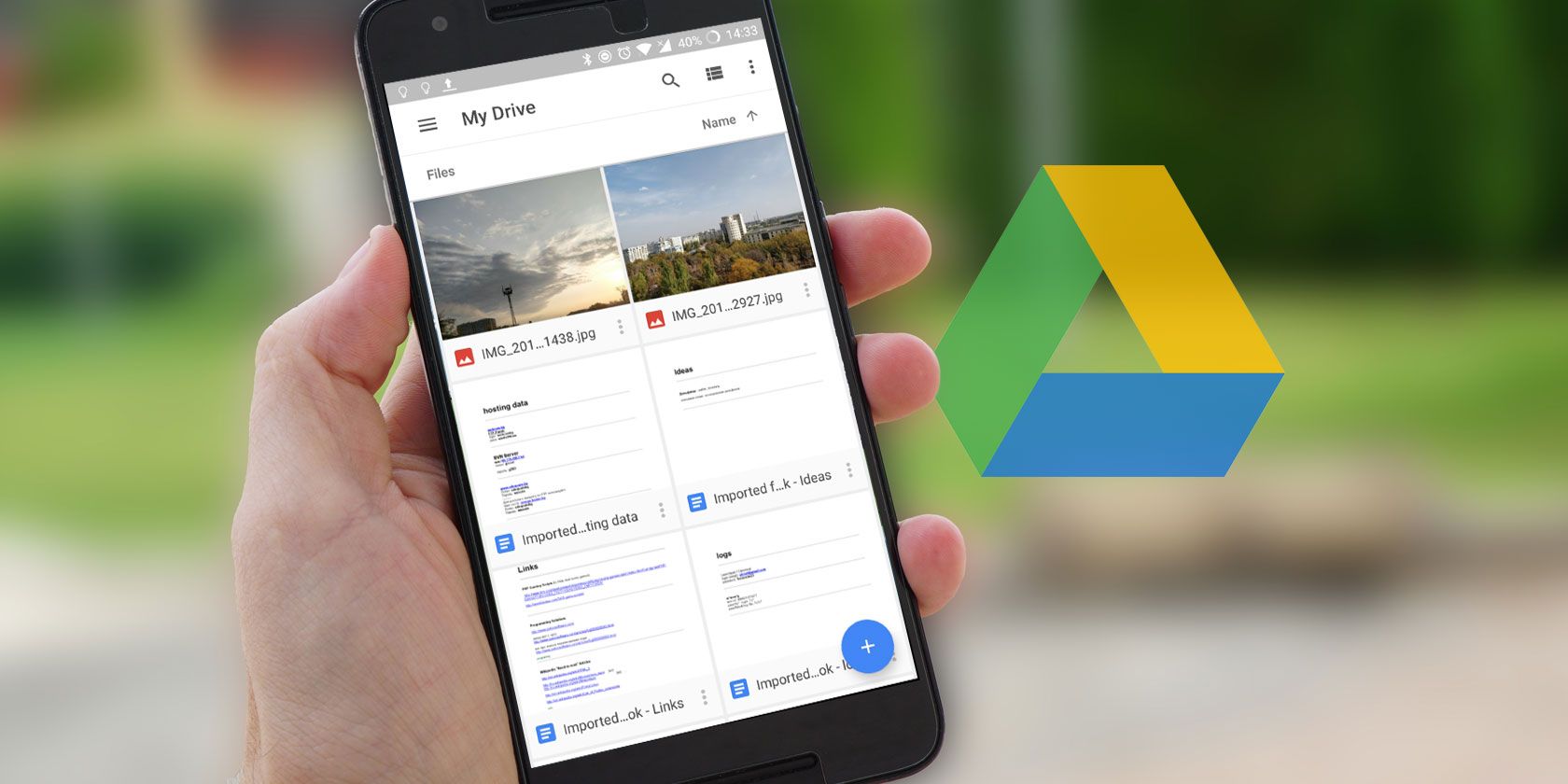

For getting a sense of presence and scale, as well as how to deal with a limited world understanding, we’ve found nothing is better than working on the device directly. For precise, complex workflows, a keyboard and mouse are hard to beat. Furthermore, each platform has its own strengths, and the best possible authoring environment involves using each device for its best characteristics. Any device that supports Unity and can capture real-world data is a potential platform for spatial authoring. We are currently building companion apps for Android, iOS, Magic Leap, and Hololens, but in theory any platform supported by Unity can serve as a platform for our companion apps. By building the companion apps in Unity, we are better able to serve our customers across all platforms and potential use cases.

In the Editor, you can also tweak constraints until the app works in the virtual environment and save those edits to the cloud. The person who is laying out the scene, whether it’s a user, a client, or a remote team member, can capture their environment or make a data recording and upload it to the cloud, and any Unity user can download it in the Editor and see what their teammates have made. This is where the Unity Mars companion app comes in.
File storage companion app full#
You save/load a “scene” and group all of these assets in a “project.” We don’t expose the full hierarchy and inspector, but these types of tools will eventually make their way into the EditorXR runtime feature set. Proxies in the companion app have an active state, can have child objects, and show a list of components. You are editing the same scene, with the same assets, using tools that share terminology and, where it makes sense, interaction patterns. We are trying to create workflows that are accessible to nontechnical users but still familiar to Unity developers. And if a bug occurs because of lighting conditions or a particular room setup, it’s useful to have the actual device data to reproduce and fix the issue. AR devices allow users to lay out their scenes in real space – either the dedicated location or any useful room – on the device. But the strongest advantage is that you can start to see your app as it will appear on a device in real-time. These tools are great for testing your data constraints or testing AR interactions in play mode. To confront these constraints head-on, Unity Mars includes a robust set of simulation features, including synthetic environments, simulated AR data discovery, and recording/playback for AR data. World-aware apps need to make sense of an unpredictable and dynamic environment.


 0 kommentar(er)
0 kommentar(er)
